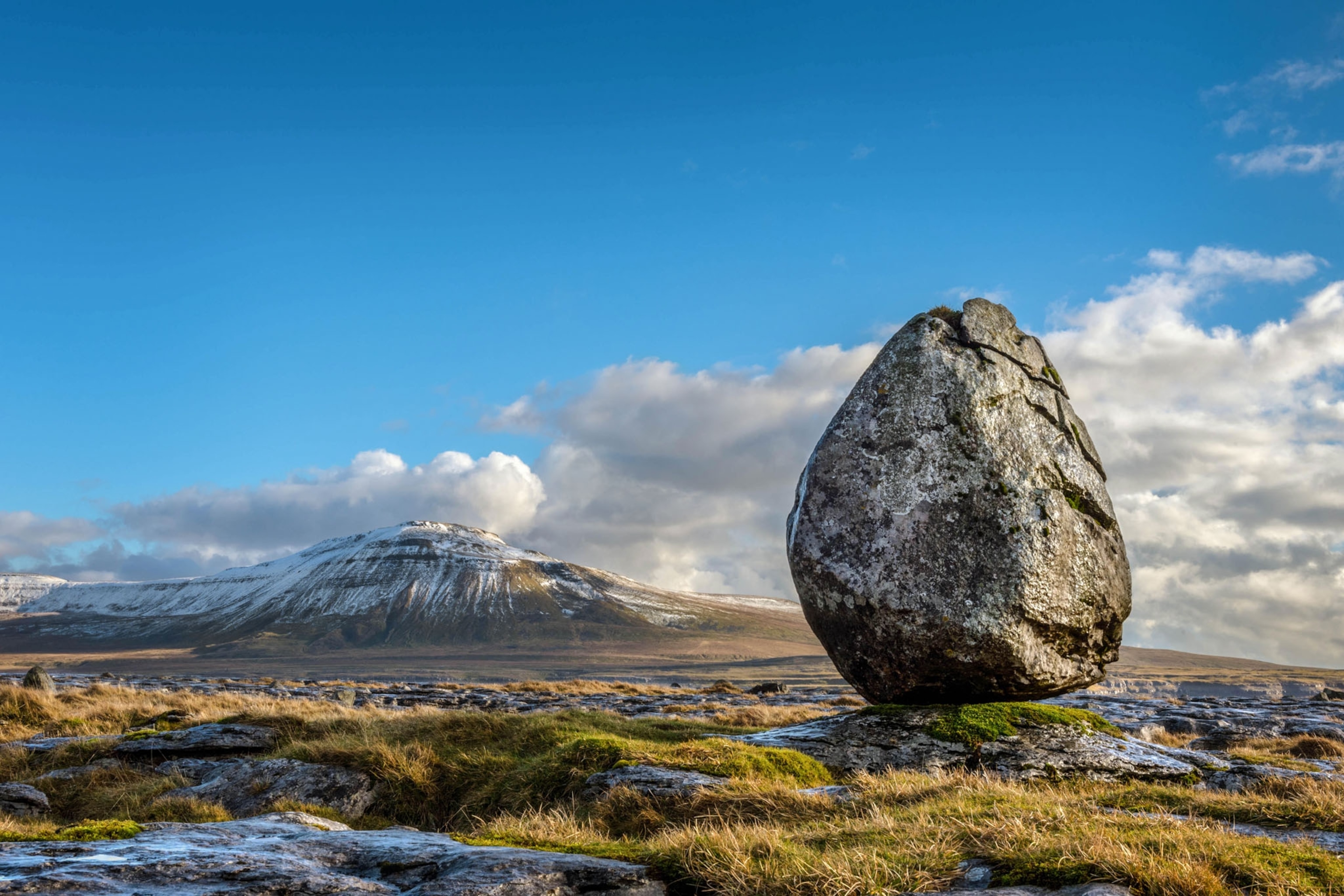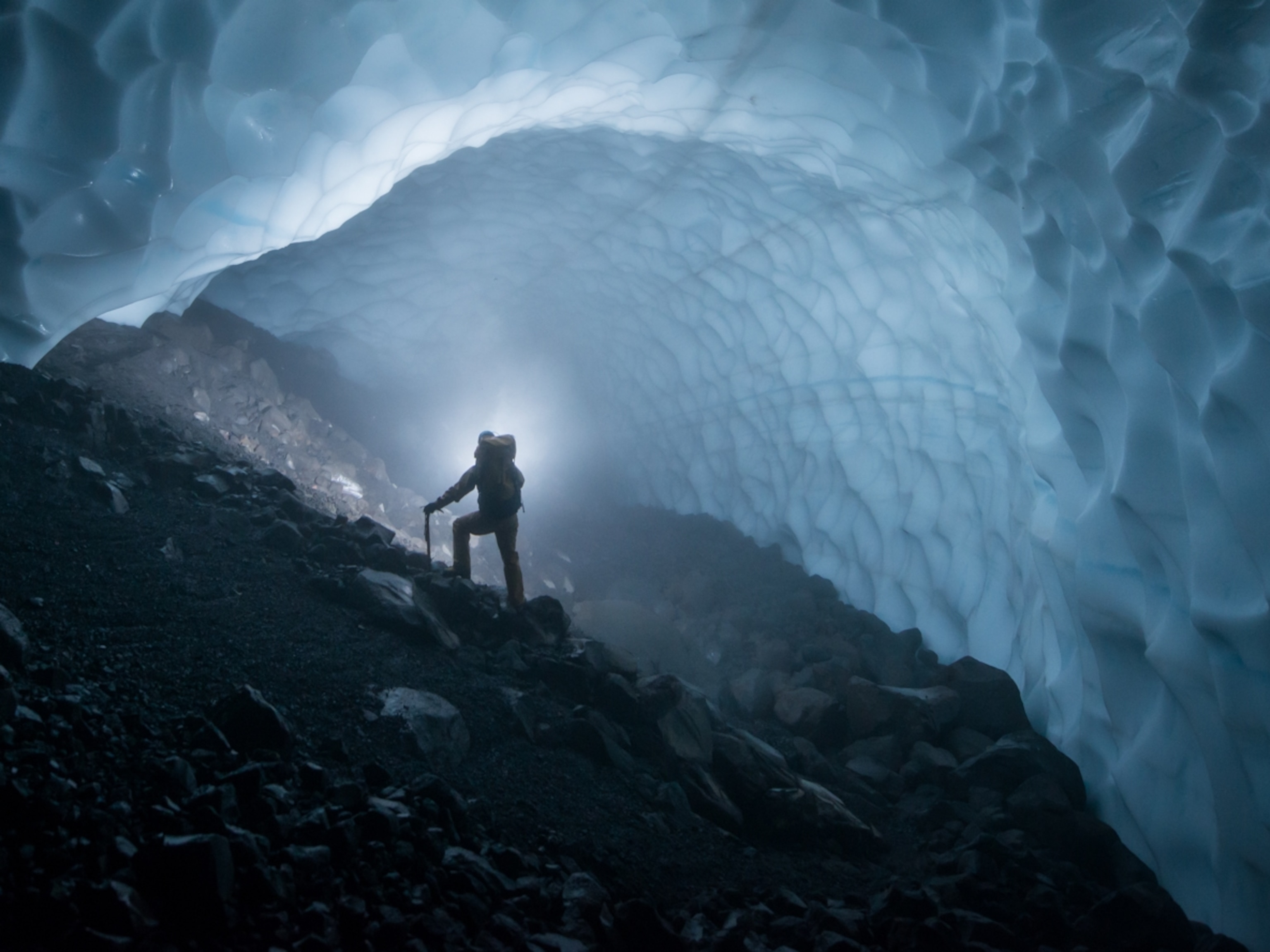
The real story behind the world’s ‘wandering rocks’
Creating surreal-looking scenes, these glacial erratics inspire legends but also offer scientists clues about climate change over millennia.
Ever come across a rock that looked strangely out of place? The odds are good that it’s a glacial erratic, transported by an ice flow and left somewhere else when melting occurred, in some cases hundreds of miles away from the original location.
Erratics can range from palm-size pebbles to boulders as big as houses. They rest in fields, on mountainsides, and under the sea. But these wandering rocks—like the one pictured, near Ingleborough mountain, in England’s Yorkshire Dales—stand out from their surroundings.
(Discover the forgotten fossil hunter who transformed Britain’s Jurassic Coast.)
Their lithology, or physical composition, can be different from the bedrock where they landed, often making for scenes so surprising that they’ve become draws for travelers and the focus of local legends.
But the rocks themselves tell stories, and for scientists who know how to read the landscape, erratics can reveal clues to the movement of Earth’s frozen expanses over the course of many millennia.
“They led to the discovery of much more extensive glaciation, continental glaciation, what we now call the Ice Age,” says Edward Evenson, a glaciologist at Lehigh University in Pennsylvania.
As today’s glaciers melt and retreat, future erratics will likely tell the story of human-caused climate change too.
This story appears in the May 2021 issue of National Geographic magazine.




